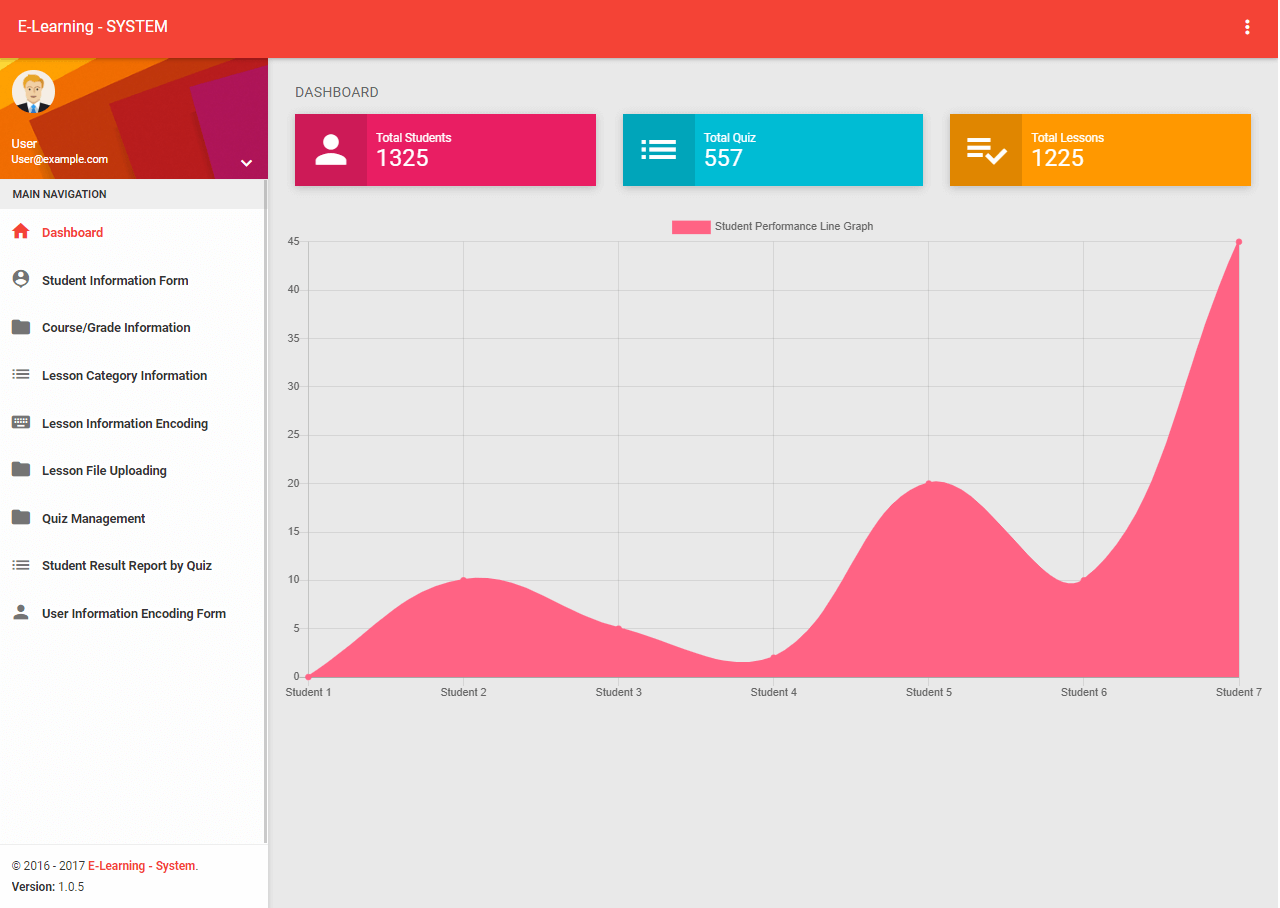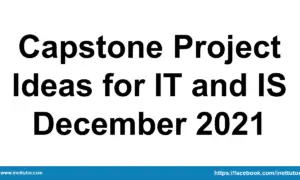Visitors Log Monitoring System for BJMP Capstone Project
CHAPTER I
INTRODUCTION
1.1-Background of the study
These days the development of modern world is fast due of having advancement in technology which rapidly seeking towards success. One of the useful modern technologies that have been created is an “Automated or Computerized System”. It is now used by various fields such as institutions, business, communication, companies, science and even the Learning of Process of old fashioned way was shifted to technology ways. System exists to these fields to help access information and processes easier and more productive. It is also a big help especially in the office of Bureau of Jail Management and Penology for the purpose of making the work easier for the assigned staff to manage the security of the visitors data.
In this study, the proponents aimed to design and develop an automated monitoring system for Bureau of Jail Management and Penology that would monitor the visitors in BJMP, to provide accurate and reliable reports, and promote awareness to individuals about the safety rules of BJMP. The monitoring system can be made accessible to the personnel and authorized users of data safety and data back-up of any computers in the office of BJMP, only registered security officers are allowed to access the different features and functionalities of the automated monitoring system. The features of the system will focus on: log-in and log-out services, Visitors Information, Administrator System, database back-up, list of visitors and statistic report.
Thus, this system project focused on how to design and develop a computer-based Monitoring System for BJMP to be utilized by the agency in promoting safety, to monitor visitors, and generate reports on users and frequent visitors of the jail premises.
1.2 Statement of the Problem
The following problems were discovered by the researchers
- Maximizing the time of the visitors conducted by the security in charge, if there’s an event on the jail.
- Hustle on the part of the visitors because they will wait for their turn to log in.
- Delayed process of encoding manually based on their data.
- Loss of the past records based on the manual paper works recording of data of the visitors.
General Objectives
The system focused only in the BJMP Visitors Log Monitoring System. In managing the visitor’s records. To develop a secure log monitoring system for the visitors of BJMP to avoid conflict and loss of data, to ensure the safety and well-being of in-mates and visitors by gaining control and creating time frame of visitation. To focus on how to design and develop a computer based Monitoring System for BJMP to be utilized by the agency in promoting safety, to monitor visitors, and generate reports on users and frequent visitors of the jail premises. The core function
1.4.2 Specific Objectives
The following are the Specific objectives:
- Monitor the monthly statistics of the visitors of inmates.
- Organize the names of visitor for better monitoring.
- To monitor the visitors going in and out of the jail premises.
- Provide an electronic storage for visitor’s data.
- To help enhance the security and safety of the inmates as well as the jail facilities;
- To make an automated system to easily find the records
1.5 Significance of the study
This study will benefit the following:
- This study will benefit the future researchers because this will serve as their reference or guide to make their own research.
- This study will benefit the users because it will not consume much of their time and prevent more paper works.
- This study will benefit the students because they can learn this study by reading and it can be reference or guide if they will encounter a research like this.
Scope and Limitation
The following are the Scope and Limitation;
1.7.1 Scope
The following are the scope of the study:
- The BJMP Visitor’s Log Monitoring System is accessible by the authorized users and personnel of the jail. By using the given password and username the system users can easily update and encode the data of the inmate’s visitors.
- The project focused on the development of the BJMP Visitor’s Log Monitoring System for the personnel of BJMP. That will automate the monitoring system of inmate’s visitors.
- This system is to provide efficient, reliable, fast, accurate information to good quality service, to secure the file of the visitors and the inmates.
- This system can add, update and removed the data of the visitors of the jail.
1.7.2 Limitation
The following are the Limitations of the study:
- This system is only for local and it can’t be put online.
- Can’t reviled the information of the inmates to the public.
1.8 Definition of Terms
1.8.1 Lexical Terms
The following are the Lexical terms:
Log-in and Log -out Services– refers to one of the features of the developed system that will require users to enter their username and password to be able to access the proposed BJMP Visitor’s Log Monitoring system.
Visitors Information –this feature of the system would guide the authorized users to enter the details of the inmate’s visitor.
Administrator System – this feature of the developed system allows the administrator to access the overall functionalities of the system and would allow accessibility rights to authorized users and personnel of the jail.
List of Visitors –this feature of the system is a guide for the jail personnel to monitor the visit of the inmate’s visitor.
Database back-up – this feature provides database emergency back-up in case of breakdown of the main server.
Statistics report -this feature will help the BJMP personnel’s to monitor the monthly in and out inmate’s visitors.
1.8.2 Systematic terms
The following are the systematic terms:
Staff and Security – the facilitator of requirements deficiencies or can only access the system.
Visitors and In-mates – the main beneficiary of the system.
CHAPTER II
REVIEW OF THE RELATED LITERATURE
This paper aims to present the studies related to the BJMP VISITORS LOG AND MONITORING SYSTEM.
2.1 Local Studies
Visitation Services promotes moral and social supports to the inmates. All inmates are allowed to receive visitors during scheduled visiting hours. However, visiting privileges maybe denied in accordance with jail rules and whenever public safety requires, Supplemental Guidelines to the Revised Policy on Visitation in BJMP-manned Jail dated 02 March 2010, BJMP Manual (Revised 2007) and Republic Act No. 7438. Those person may avail of the service are; “Relatives (Father, mother, legal wife/husband, sons, daughters, brothers/sisters, etc. up to the 4th civil degree of consanguinity), Friends, Religious groups/NGO, Counsel/Lawyer, Common law wife/husband, Medical/Dental Physicians”.
The Requirements of the visitors to enter the BJMP are; Identification Cards/Residence Certificate, Marriage Certificate (Married), Certification from the Barangay if common law partners, Passport, driver’s license, PRC license, etc. the Bureau of Jail Management and Penology does not charge fees for the service.
2.2 Global Studies
Several published studies suggest prison visits help inmates maintain social ties, which, in turn, may reduce the likelihood they will commit crimes after their release. A 2016 review of studies finds that in-person visits reduce the likelihood of recidivism by 25% and that conjugal and furlough visits, which let inmates spend extended periods of time with family, have an even bigger impact.
Three researcher from the University of Cincinnati and Florida State University wanted to know which types of prisoners get more visits from family, friends and others. The authors collected data from the Florida Department of Corrections on felony inmates who were admitted to and released from state prisons between November 2000 and April 2002. The scholars examined inmates’ demographics as well as criminal and incarceration histories.
A total of 17,921 prisoners were included in the study, 90% of whom were men. The average age of whom were men. The average age of prisoners was 32 years and about one-third were incarcerated for drug offenses. Half of prisoners in the study were black, 42 percent were white and 8 percent were Latino.
- Inmates received 2.13 visits, on average, during their incarceration. Prison sentences lasted an average of 23 months.
- Younger prisoners received more visits than older ones. On average a 20-year-old had 2.6 visit while a 50-year-old has less than one.
- White prisoners received slightly more visits than Latinos. But whites and Latinos received nearly twice as many as black prisoners, who averaged about one visit.
- Women received slightly more visit than men.
- Individuals held for property and sex crimes received the least visits while those imprisoned for non-violent offenses, including drug offenses, received the most.
- Inmates who had been incarcerated more than once were less likely to be visited than those serving their first sentence.


